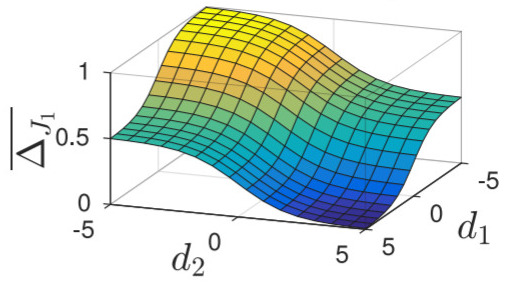The Lovász-Softmax loss: A tractable surrogate for the optimization of the intersection-over-union measure in neural networks
Maxim Berman, Amal Rannen Triki, Matthew B. Blaschko
ESAT-PSI, KU Leuven, Belgium.
Published in CVPR 2018. See project page, arxiv paper, paper on CVF open access.
PyTorch implementation of the loss layer (pytorch folder)
Files included:
- lovasz_losses.py: Standalone PyTorch implementation of the Lovász hinge and Lovász-Softmax for the Jaccard index
- demo_binary.ipynb: Jupyter notebook showcasing binary training of a linear model, with the Lovász Hinge and with the Lovász-Sigmoid.
- demo_multiclass.ipynb: Jupyter notebook showcasing multiclass training of a linear model with the Lovász-Softmax
The binary lovasz_hinge expects real-valued scores (positive scores correspond to foreground pixels).
The multiclass lovasz_softmax expect class probabilities (the maximum scoring category is predicted). First use a Softmax layer on the unnormalized scores.
TensorFlow implementation of the loss layer (tensorflow folder)
Files included:
- lovasz_losses_tf.py: Standalone TensorFlow implementation of the Lovász hinge and Lovász-Softmax for the Jaccard index
- demo_binary_tf.ipynb: Jupyter notebook showcasing binary training of a linear model, with the Lovász Hinge and with the Lovász-Sigmoid.
- demo_multiclass_tf.ipynb: Jupyter notebook showcasing the application of the multiclass loss with the Lovász-Softmax
Warning: the losses values and gradients have been tested to be the same as in PyTorch (see notebooks), however we have not used the TF implementation in a training setting.
Usage
See the demos for simple proofs of principle.
FAQ
- How should I use the Lovász-Softmax loss?
The loss can be optimized on its own, but the optimal optimization hyperparameters (learning rates, momentum) might be different from the best ones for cross-entropy. As discussed in the paper, optimizing the dataset-mIoU (Pascal VOC measure) is dependent on the batch size and number of classes. Therefore you might have best results by optimizing with cross-entropy first and finetuning with our loss, or by combining the two losses.
See for example how the work Land Cover Classification From Satellite Imagery With U-Net and Lovasz-Softmax Loss by Alexander Rakhlin et al. used our loss in the CVPR 18 DeepGlobe challenge.
- Inference in Tensorflow is very slow...
Compiling from Tensorflow master (or using a future distribution that includes commit tensorflow/[email protected]) should solve this problem; see issue #6.
Citation
Please cite
@inproceedings{berman2018lovasz,
title={The Lov{\'a}sz-Softmax loss: A tractable surrogate for the optimization of the intersection-over-union measure in neural networks},
author={Berman, Maxim and Rannen Triki, Amal and Blaschko, Matthew B},
booktitle={Proceedings of the IEEE Conference on Computer Vision and Pattern Recognition},
pages={4413--4421},
year={2018}
}
